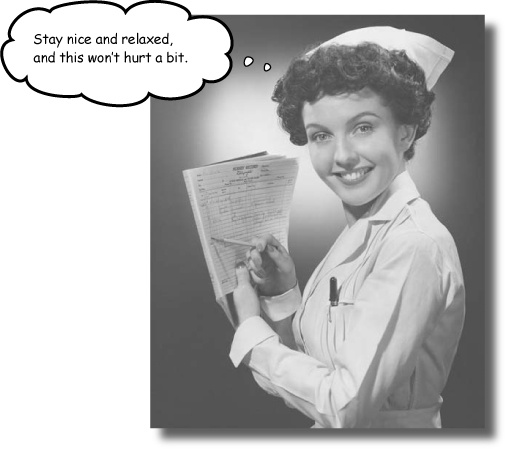Chapter 10. Using Statistical Sampling: Taking Samples

Statistics deal with data, but where does it come from?
Some of the time, data’s easy to collect, such as the ages of people attending a health club or the sales figures for a games company. But what about the times when data isn’t so easy to collect? Sometimes the number of things we want to collect data about are so huge that it’s difficult to know where to start. In this chapter, we’ll take a look at how you can effectively gather data in the real world, in a way that’s efficient, accurate, and can also save you time and money to boot. Welcome to the world of sampling.
The Mighty Gumball taste test
Mighty Gumball is the leading vendor of a wide variety of candies and chocolates. Their signature product is their super-long-lasting gumball. It comes in all sorts of colors to suit all tastes.
Mighty Gumball plans to run a series of television commercials to attract even more customers, and as part of this, they want to advertise just how long the flavor of their gumballs lasts for. The problem is, how do they get the data?
They’ve decided to implement a taste test, and they’ve hired a bunch of tasters to help with the tests. There are just two problems: the tasters are using up all of the gumballs, and their dental plans are costing the company a fortune.
They’re running out of gumballs
The ...
Get Head First Statistics now with the O’Reilly learning platform.
O’Reilly members experience books, live events, courses curated by job role, and more from O’Reilly and nearly 200 top publishers.

